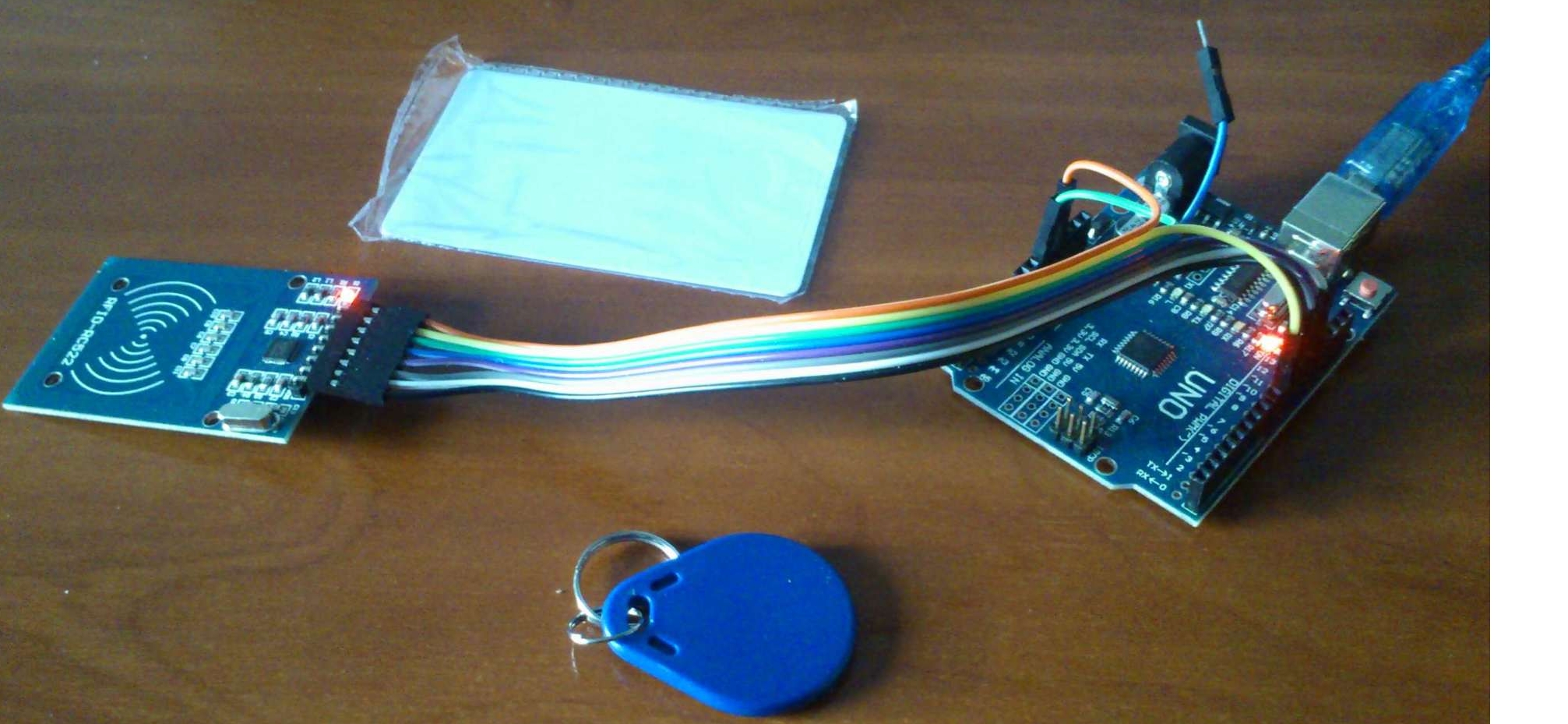The newer dynamic SQL classes (%SQL.Statement and %StatementResult) perform better than %ResultSet, but I did not adopt them for some time because I had learned how to use %ResultSet. Finally, I made a cheat sheet, which I find useful when writing new code or rewriting old code. I thought other people might find it useful.
First, here is a somewhat more verbose adaptation of my cheat sheet:


 In the
In the 



.png)
